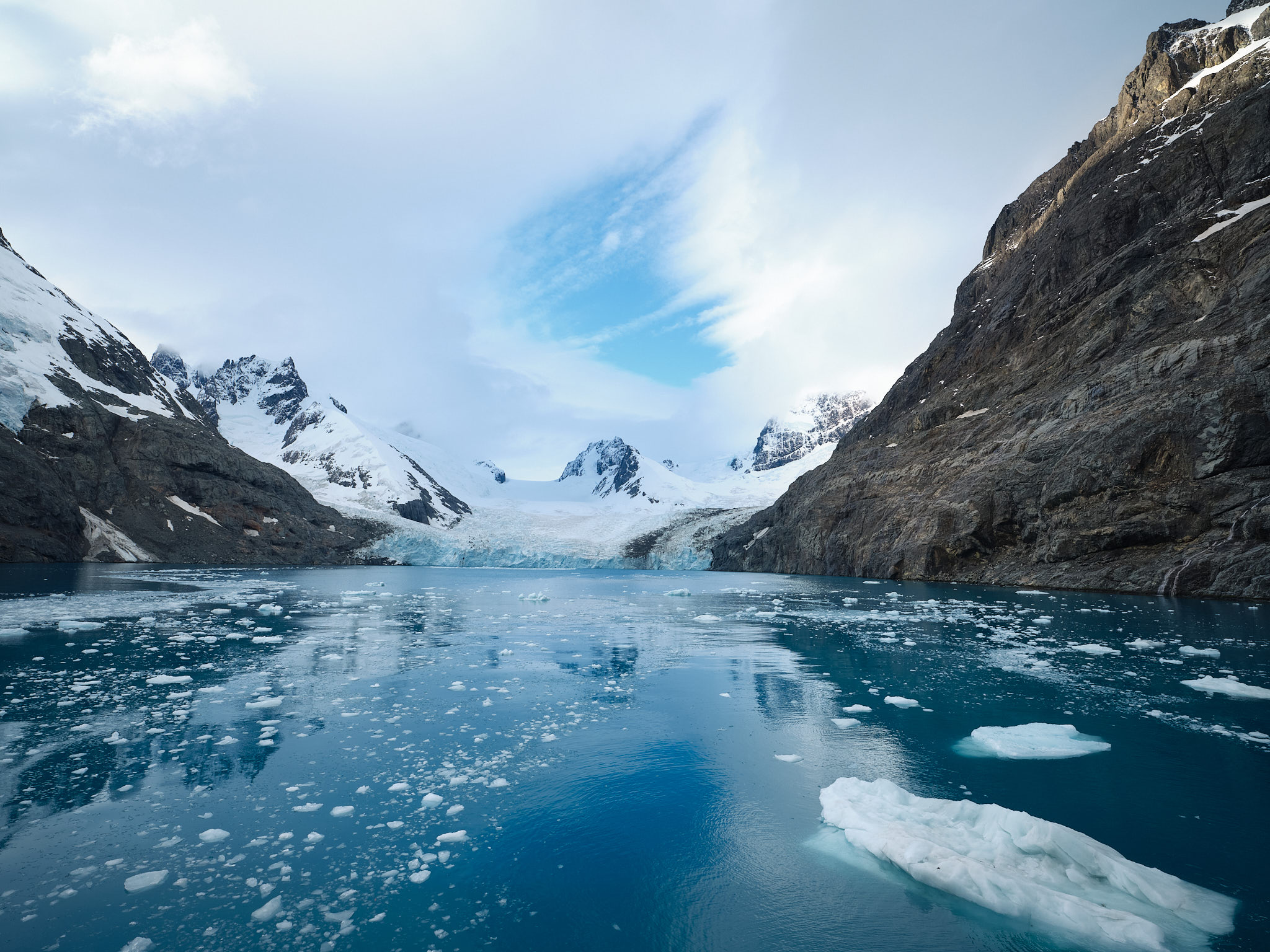
Capture One: Likes & Dislikes
If you are a regular follower of my blog, you know that I now shoot the Fuji GFX medium format system exclusively, having given up Nikon after 50+ years.
I promised to share my journey from being an exclusive Lightroom (LR) user to migrating to Capture One (CO) with you (currently Capture One is in version 22). Here is another take on it after 18 months of intensive use.
In summary, I really like CO and feel that my fine art images have truly benefited from using it as my post-processing medium. What follows are what I feel are pros and cons to CO, along with a few tips for those of you considering migrating to it.
Shooting in B&W. I now shoot mostly B&W. It was frustrating to me that when I imported my images into LR, even though I shot them in B&W, they imported in their RAW color format. Yes, I could and did change it back to B&W, but that was a bother and I got inconsistent results. With CO, B&W images import as taken in B&W, based on what B&W profile I choose. Since I shoot in RAW, I can always retrieve the color, but when I shoot B&W, I like to see in B&W throughout my workflow. This may not happen with your camera system, but with my Fujifilm GFX system it works flawlessly.
Sliders. CO sliders seem to be more finely-tuned than LR. Sort of like hammers vs precision instruments.
Layers. The ability to work in layers with lots of leeway in editing within each layer, gives CO a huge advantage.
Luma Masking. Luminosity masking is easy and I find it to sometimes be a real time saver. What this means is that you can create a mask based on any luminosity, from 0 to 155, and work on that layer or exclude it from whatever else you are doing.

Native Files. The Fujifilm files actually look better on import with CO. I find the color to be more accurate. That gives me a slightly better starting point, quicker than in LR.
Color. The Color controls are more sophisticated, giving me better accuracy. [Rainbow Eucalyptus]
User Interface. The User Interface is completely customizable. You can change the order of control panels in whatever order works for your style. Each panel can be pulled out as you work on it so you don’t have to constantly shift your cursor across the screen.
Shortcuts. Keyboard shortcuts are completely customizable. It appears to come out of the box with LR-like shortcuts, but you can change them easily.
Top ‘Challenges’ for me in Capture One
-
Masks.Wrapping my head around using masks was a definite learning curve for me. If you are a Photoshop (PS) person, you will feel at home and have an easier time of it. But know that PS is far more powerful than CO with its masking capabilities, so if you are doing complex work you may need to send the file to and from CO to PS. Frankly, I’ve never used PS, so this hasn’t impacted me at all. Now I thoroughly enjoy masking in CO.
-
Import. Took me a while to get my images where I want them to be from the field and into the CO catalog. Now I’m used to it.
-
Catalog.The Capture Catalog/Library can do what the LR catalog can do, but it’s a whole different animal. Capture One offers Albums, Projects, and Groups. They don’t work exactly as LR works. I’m still coming to grips with how to incorporate them into my catalog and how I want to have my work organized. It might be more flexible than LR, but I can’t say that for sure right now. My advice is to start simple.
-
Sessions are completely different. LR doesn’t have Sessions. You can ignore Sessions in CO if you want. Personally, I use Sessions a lot and have developed a workflow using multiple Sessions while in the field and integrating them into my CO catalog when I get home. If you travel a lot or do specific assignments, I suggest you look into using Sessions in your workflow.
-
Export. CO is more powerful with Export. There are lots of recipes for exporting images. For example, if you want to export a set of images in JPEG, TIFF and another file format, it can do it all at once. You can customize your exports as custom presets.
Suggestions
-
Watch David Grover’s and Paul Reiffer’s tutorials through the Capture One learning hub website. The list of Capture One tutorials and webinars is growing by the week.
-
You still may want to jump into PS for extreme image treatments.
#youtube #capture1 #live